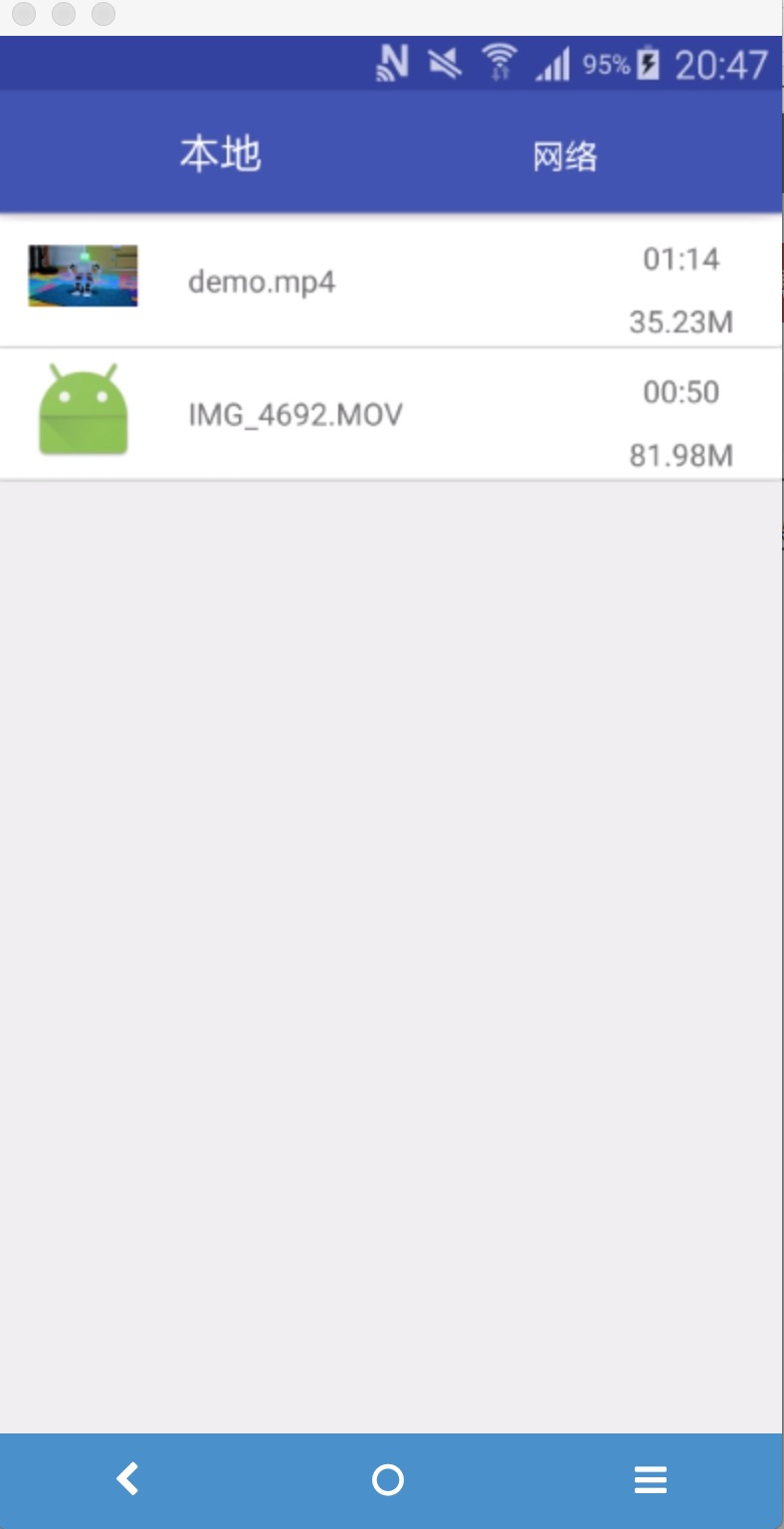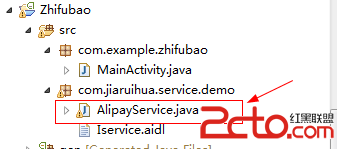編輯:關於Android編程
[java] //音效的音量
intstreamVolume;
//定義SoundPool對象
privateSoundPoolsoundPool;
//定義HASH表
privateHashMapsoundPoolMap;
/***************************************************************
*Function:initSounds();
*Parameters:null
*Returns:None.
*Description:初始化聲音系統
*Notes:none.
***************************************************************/
publicvoidinitSounds(){
//初始化soundPool對象,第一個參數是允許有多少個聲音流同時播放,第2個參數是聲音類型,第三個參數是聲音的品質
soundPool=newSoundPool(100,AudioManager.STREAM_MUSIC,100);
//初始化HASH表
soundPoolMap=newHashMap();
//獲得聲音設備和設備音量
AudioManagermgr=(AudioManager)context.getSystemService(Context.AUDIO_SERVICE);
streamVolume=mgr.getStreamVolume(AudioManager.STREAM_MUSIC);
}
/***************************************************************
*Function:loadSfx();
*Parameters:null
*Returns:None.
*Description:加載音效資源
*Notes:none.
***************************************************************/
publicvoidloadSfx(intraw,intID){
//把資源中的音效加載到指定的ID(播放的時候就對應到這個ID播放就行了)
soundPoolMap.put(ID,soundPool.load(context,raw,ID));
}
/***************************************************************
*Function:play();
*Parameters:sound:要播放的音效的ID,loop:循環次數
*Returns:None.
*Description:播放聲音
*Notes:none.
***************************************************************/
publicvoidplay(intsound,intuLoop){
soundPool.play(soundPoolMap.get(sound),streamVolume,streamVolume,1,uLoop,1f);
}
//音效的音量
intstreamVolume;
//定義SoundPool對象
privateSoundPoolsoundPool;
//定義HASH表
privateHashMapsoundPoolMap;
/***************************************************************
*Function:initSounds();
*Parameters:null
*Returns:None.
*Description:初始化聲音系統
*Notes:none.
***************************************************************/
publicvoidinitSounds(){
//初始化soundPool對象,第一個參數是允許有多少個聲音流同時播放,第2個參數是聲音類型,第三個參數是聲音的品質
soundPool=newSoundPool(100,AudioManager.STREAM_MUSIC,100);
//初始化HASH表
soundPoolMap=newHashMap();
//獲得聲音設備和設備音量
AudioManagermgr=(AudioManager)context.getSystemService(Context.AUDIO_SERVICE);
streamVolume=mgr.getStreamVolume(AudioManager.STREAM_MUSIC);
}
/***************************************************************
*Function:loadSfx();
*Parameters:null
*Returns:None.
*Description:加載音效資源
*Notes:none.
***************************************************************/
publicvoidloadSfx(intraw,intID){
//把資源中的音效加載到指定的ID(播放的時候就對應到這個ID播放就行了)
soundPoolMap.put(ID,soundPool.load(context,raw,ID));
}
/***************************************************************
*Function:play();
*Parameters:sound:要播放的音效的ID,loop:循環次數
*Returns:None.
*Description:播放聲音
*Notes:none.
***************************************************************/
publicvoidplay(intsound,intuLoop){
soundPool.play(soundPoolMap.get(sound),streamVolume,streamVolume,1,uLoop,1f);
}
游戲音效就是我們在玩游戲時出現的音樂,這個也是每個游戲必備的一部分,但有是你做游戲的背景音樂有間斷的感覺的話,我們可以用 getCurrentPosition()這個方法來判斷一下聲音播放的偏移。其實這個也是非常簡單的。只要我們在代碼當中設置好(初始化聲音)和(加載音效資源)就可以了,別的就和音樂播放器的代碼差不多,像開始,停止。不多說了,我們還是先來看看代碼當中是怎麼實現音效的吧:
 Android 中構建快速可靠的 UI 測試
Android 中構建快速可靠的 UI 測試
前言讓我一起來看看 Iván Carballo和他的團隊是如何使用Espresso, Mockito 和Dagger 2 編寫250個UI測試,並且只花了三分鐘就運行成功
 Android開發學習之路--基於vitamio的視頻播放器(一)
Android開發學習之路--基於vitamio的視頻播放器(一)
之前也試過vitamio這個庫,後來不知道被什麼事情給耽擱了,就沒繼續下去。近來覺得視頻還是需要學習一下的,誰讓直播那麼火呢,就想著寫一個簡單的視頻播放的app先吧。好了
 android 不同進程間的調用 AIDL 實現通訊服務
android 不同進程間的調用 AIDL 實現通訊服務
android 不同進程間的調用 AIDL 實現通訊服務 最近對aidl android 不同進程間的調用,不同運用間的調用做了一些嘗試: 步驟如下:
 手把手教你用ViewPager自定義實現Banner輪播
手把手教你用ViewPager自定義實現Banner輪播
歡迎大家關注Android開源網絡框架NoHttp:https://github.com/yanzhenjie/NoHttp 我們在實際開發中,很多App都